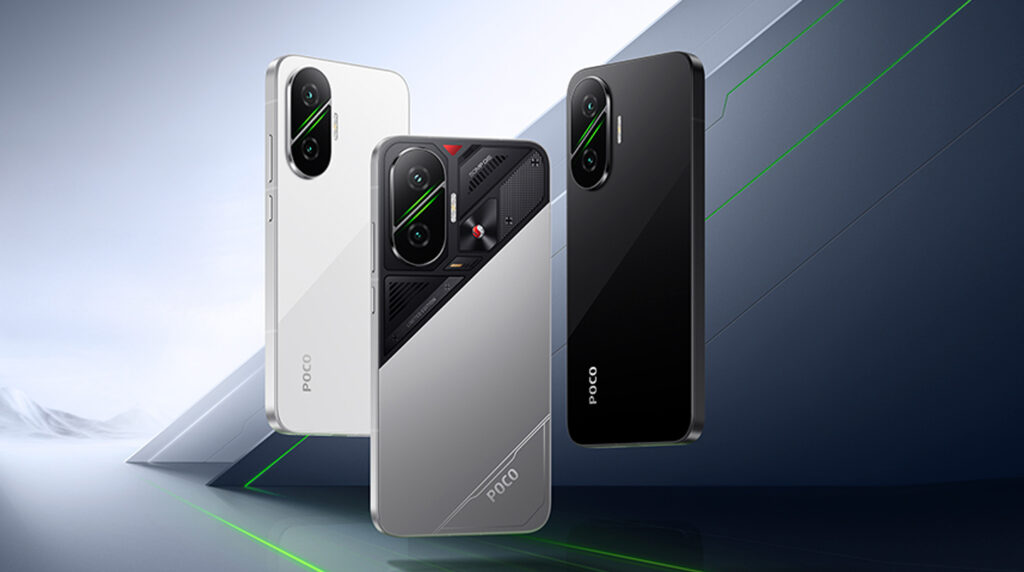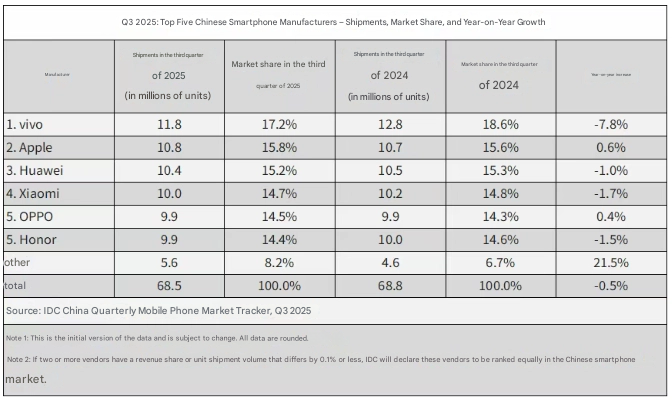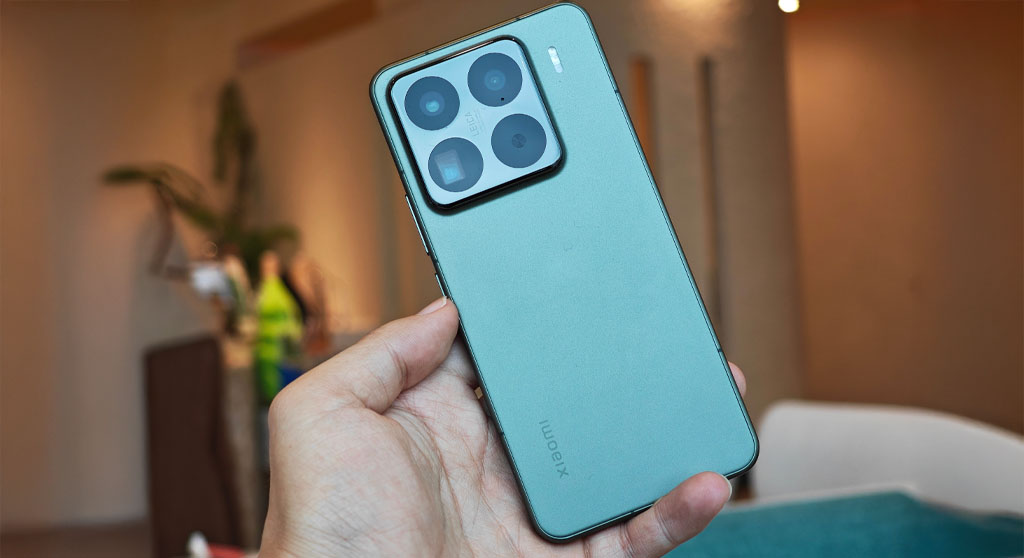The recent change in Xiaomi’s strategy to launch fewer smartphone models is something that has gained huge attention among users. This was not coincidental but reflected a structured, long-term transformation in the global business strategy at Xiaomi. While transitioning from hardware-driven growth to an ecosystem-centric one built around Human x Car x Home, Xiaomi is focusing on quality, longevity, and ecosystem value. This is further connected with the core tenets of HyperOS and the expanding Xiaomi portfolio of AIoT and EVs. For earlier news on device updates, the reader may want to refer to the overview on Xiaomi 15 series or delve deeper into the details of update met on HyperOS through internal coverage.
Xiaomi’s Strategic Transformation Toward an Ecosystem-Driven Model
Such a strategic change by Xiaomi dovetails into the company’s transformation in 2024-2025: from high-volume smartphone launches to a refined portfolio. If the smartphone business had once been the main growth engine of the company, recent financial data shows a clear shift toward high-value ecosystem domains.
In Q2 2025, while the overall smartphone market grew, Xiaomi’s smartphone revenues declined 2% year-over-year due to price pressure and lower profitability. On the other hand, the AIoT segment expanded radically to 38.7 billion CNY (≈5.3 billion USD), representing a 44.7% growth rate on a yearly basis. Simultaneously, the electric vehicle business of Xiaomi reached over 20 billion CNY (≈2.75 billion USD) quarterly revenue, buoyed by solid demand for the SU7/YU7 models.
This transition shows a larger corporate shift: smartphones are no longer the key revenue driver but the core “hub” of a much larger HyperConnect ecosystem, including smart homes and smart electric vehicles.
How Extended Software Support Directly Reduces the Number of Models
A contributing factor to fewer releases of new smartphones is Xiaomi’s long-term software policy. Now, the company promises four major OS upgrades and six years of security patches for key product lines such as the Xiaomi 15 series and Redmi Note 14 series.
This extended support requires extensive engineering resources. Maintaining dozens of models and regional variants with six years of patches, as well as adapting multiple generations of Android and HyperOS, are not operationally sustainable under the old strategy of “many models per year”. This new strategy of fewer but unified global models is the way forward for Xiaomi to have more efficient long-term maintenance while increasing overall device quality and user satisfaction.
Thus, the fewer number of smartphones is not because of contraction but because of strategic requirements for longer and more reliable software lifecycles.
Lessons from India: Why the Old Strategy Could Not Continue
Xiaomi’s earlier approach of frequent model launches, aggressive pricing, and wide fragmentation began to show its limitations in certain markets like India. In early 2025, shipments of Xiaomi in India suddenly fell 42% year-over-year, and the brand tumbled from first to sixth place after years of dominance.
Several structural issues contributed to this result:
- Consumers reported confusion created by overlapping Xiaomi, Redmi, Redmi Note, Poco, and Civi lineups.
- Fragmented regional ROMs created inconsistent experiences between China, Global, India, and Europe.
- Efforts to move into premium pricing clashed with the brand’s established positioning.
- It therefore faced additional operating challenges posed by regulatory issues.
In response, Xiaomi now focuses on clear segmentation, simplified portfolios, and stronger software reliability powered by HyperOS.
What Happened to Mix Fold and Civi?: Evidence of Portfolio Streamlining
The fact that there will be no MIX Fold 5 in 2025 and the limited global rollout of the Civi series demonstrate a new discipline in product planning at Xiaomi. Categories that are high in cost but limited in commercial impact, like foldables, are being reassessed.
Similarly, while the Civi 5 Pro launched in China, its global rebranding plans were put on hold to avoid duplication with the Xiaomi 15 series and not be repetitive, as it was in earlier positioning in markets like India.
This reflects Xiaomi’s transition from the earlier “every niche needs a model” philosophy to a leaner and more sustainable structure whereby every device meaningfully contributes value to the ecosystem.
Xiaomi’s New Era of Focus on Long-Term
Value The transition by Xiaomi from high model output to a leaner and more ecosystem-oriented portfolio is a strategic transformation. From quantity-based competition, Xiaomi now focuses on:
- Longer software support
- Stronger ecosystem integration with HyperOS
- Higher quality hardware
- Global consistency
Sustainable profitability It involves refinement that guarantees stability in devices, longer product life cycles, and smooth user experiences across smartphones, EVs, and smart home platforms.


 Emir Bardakçı
Emir Bardakçı



